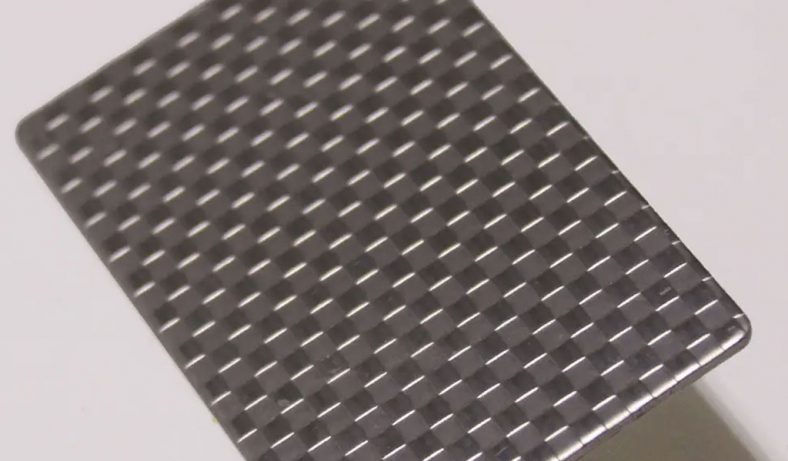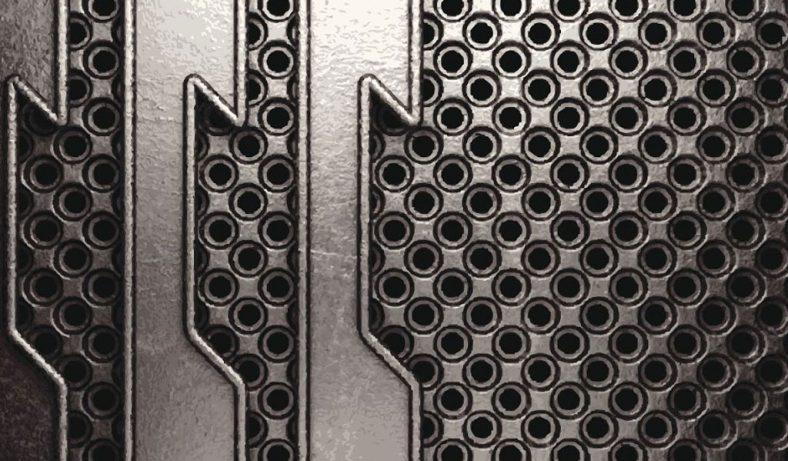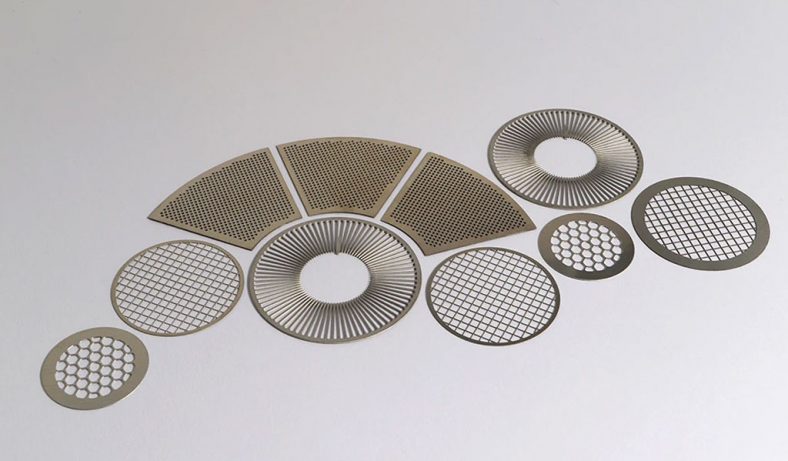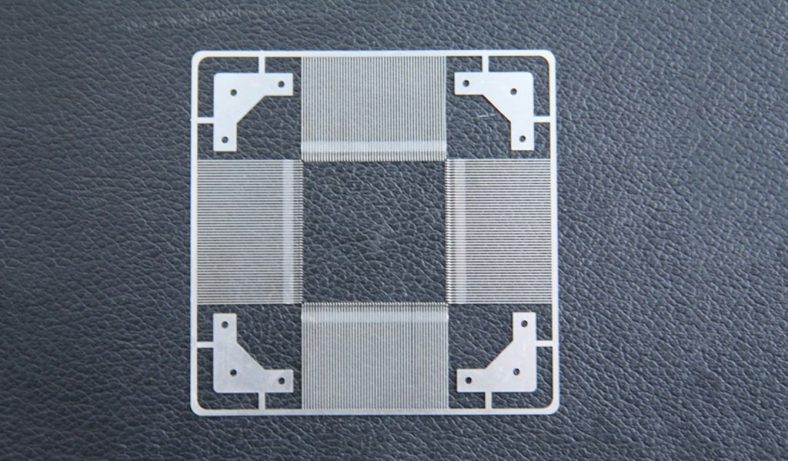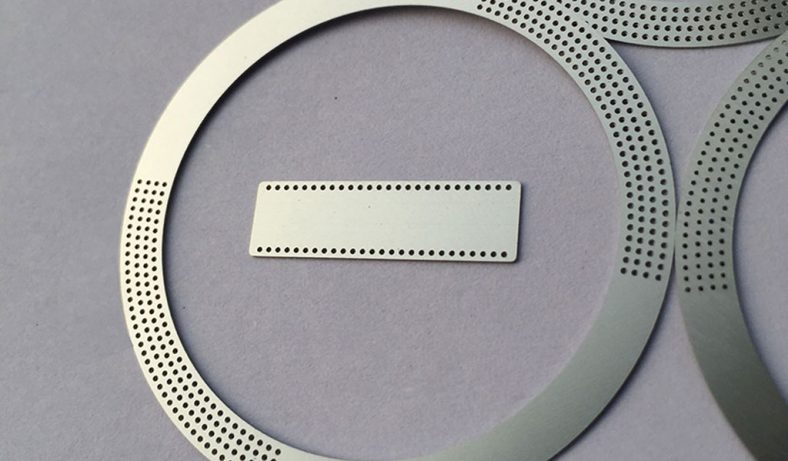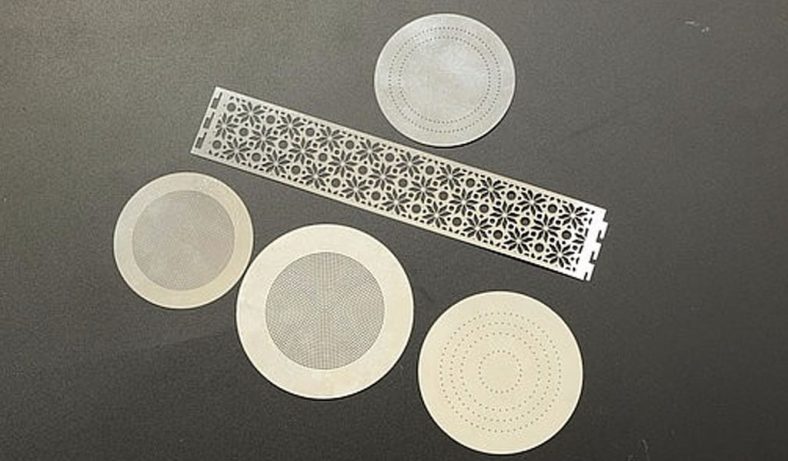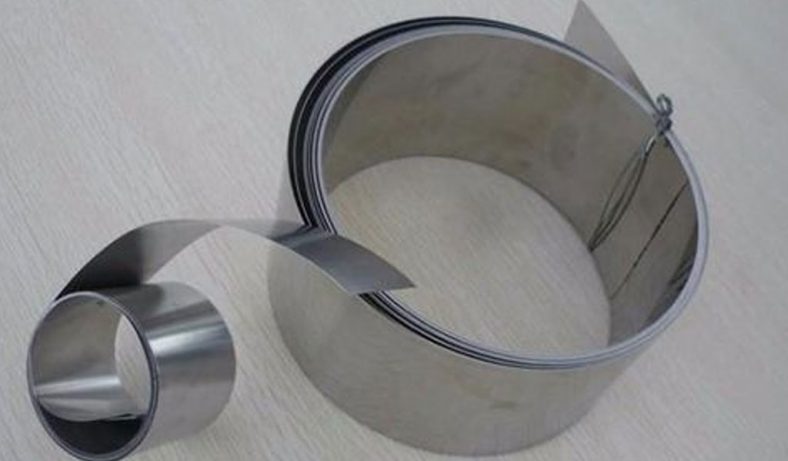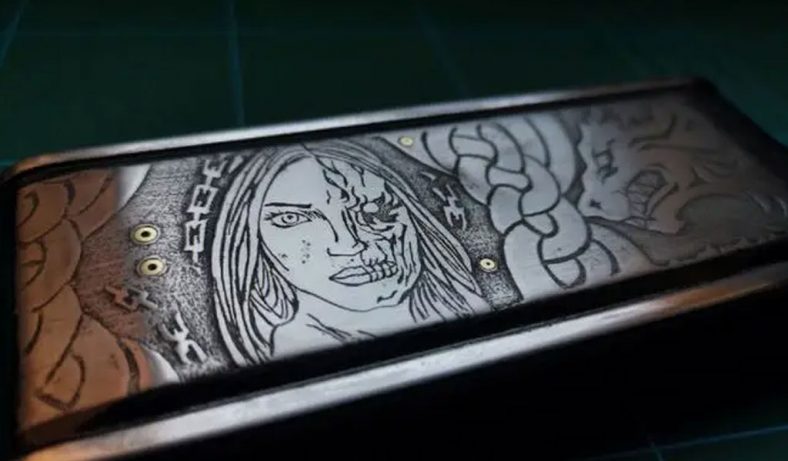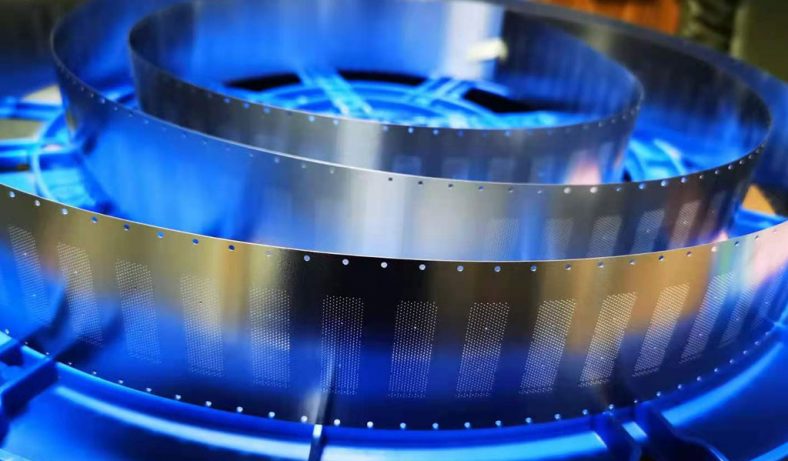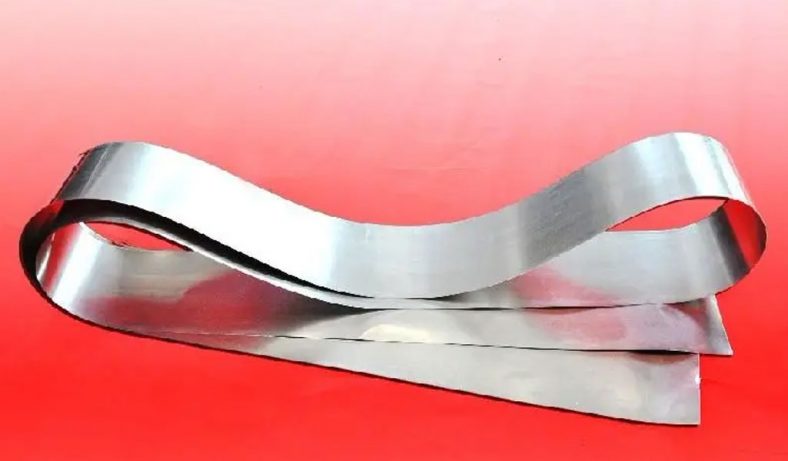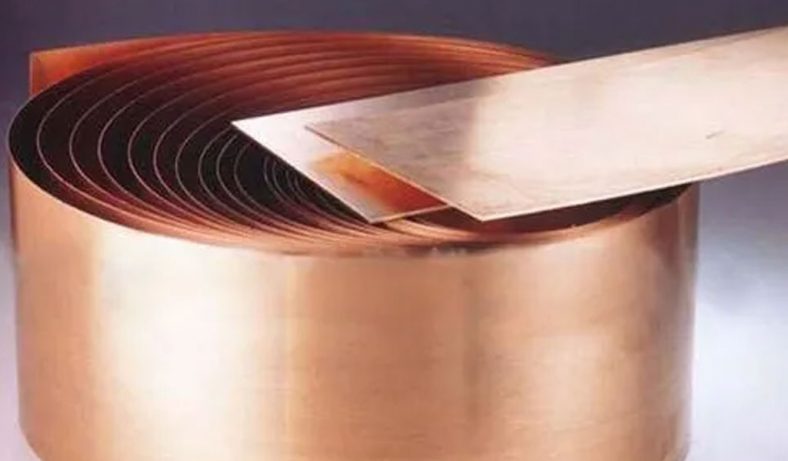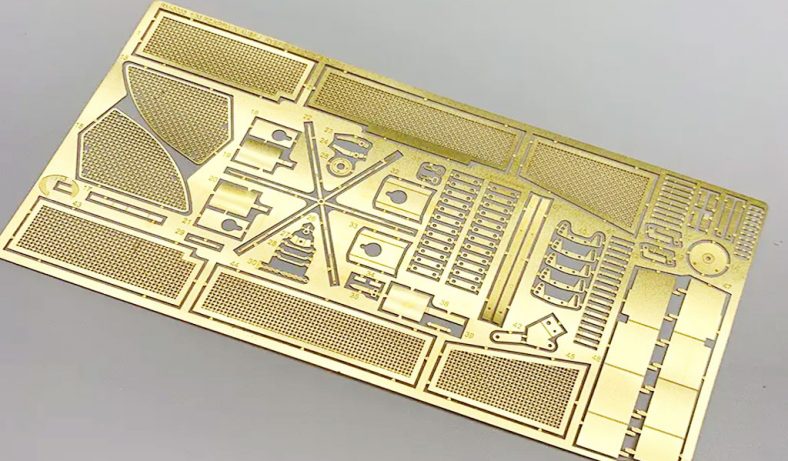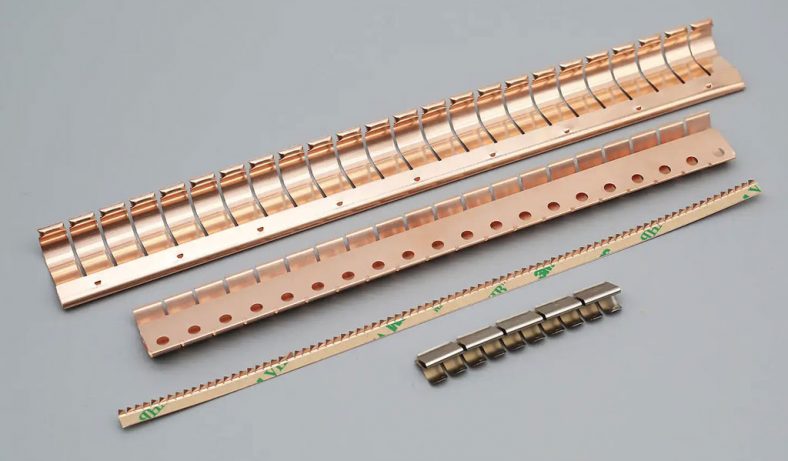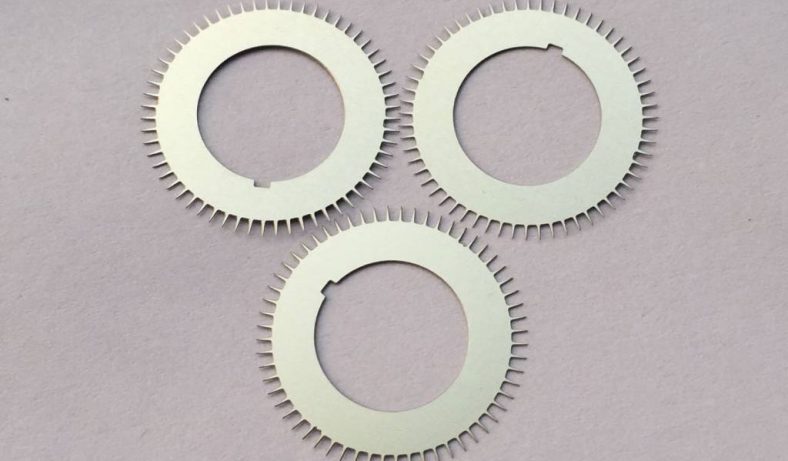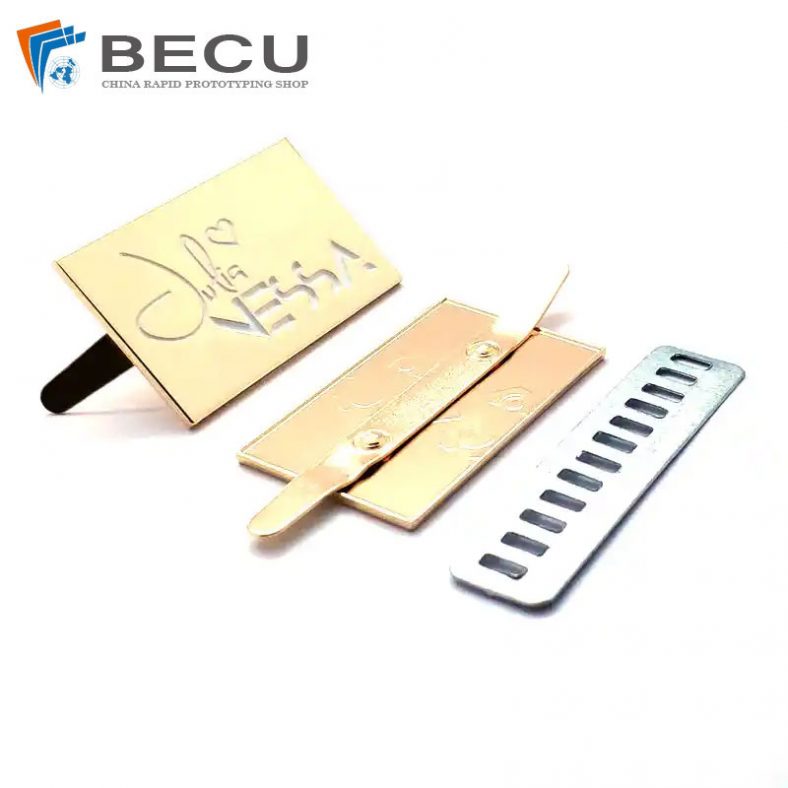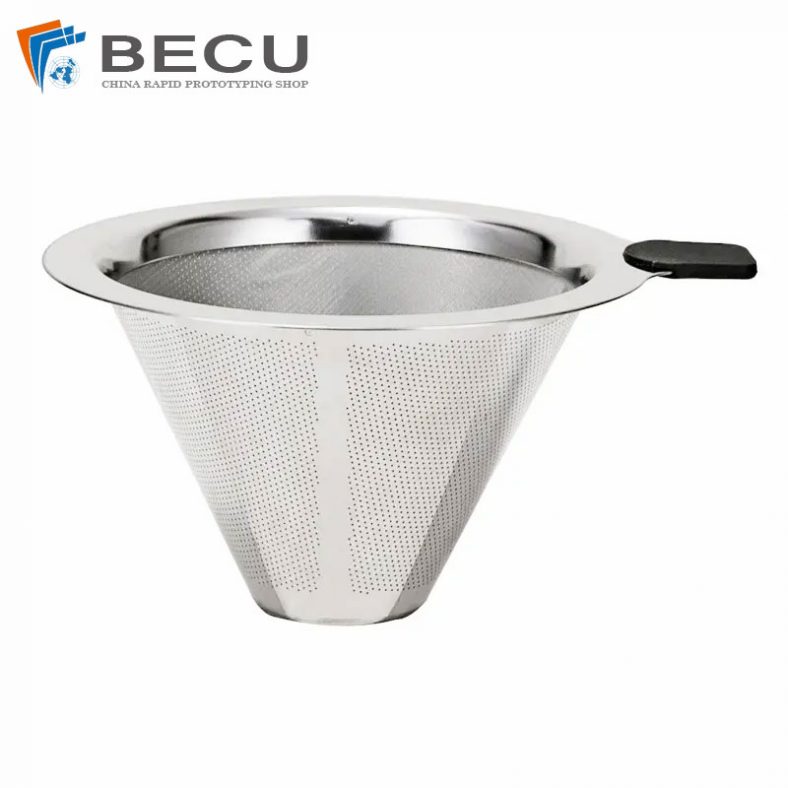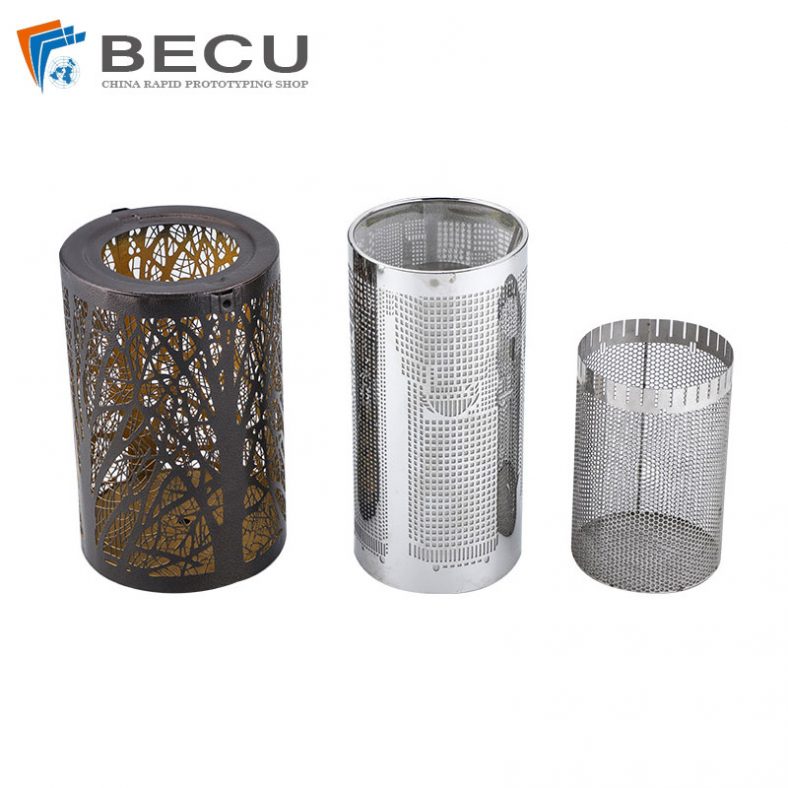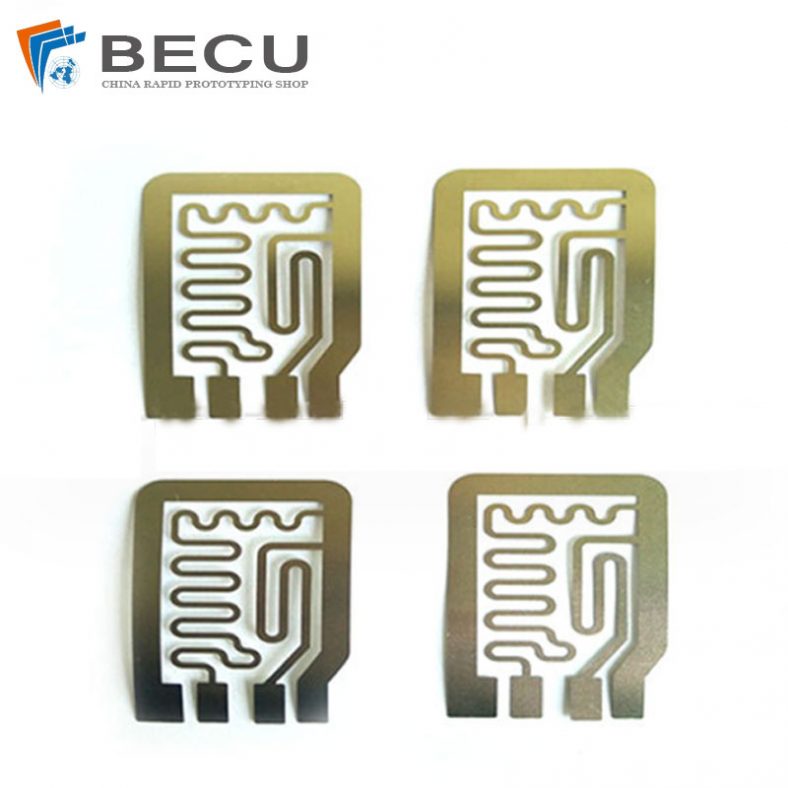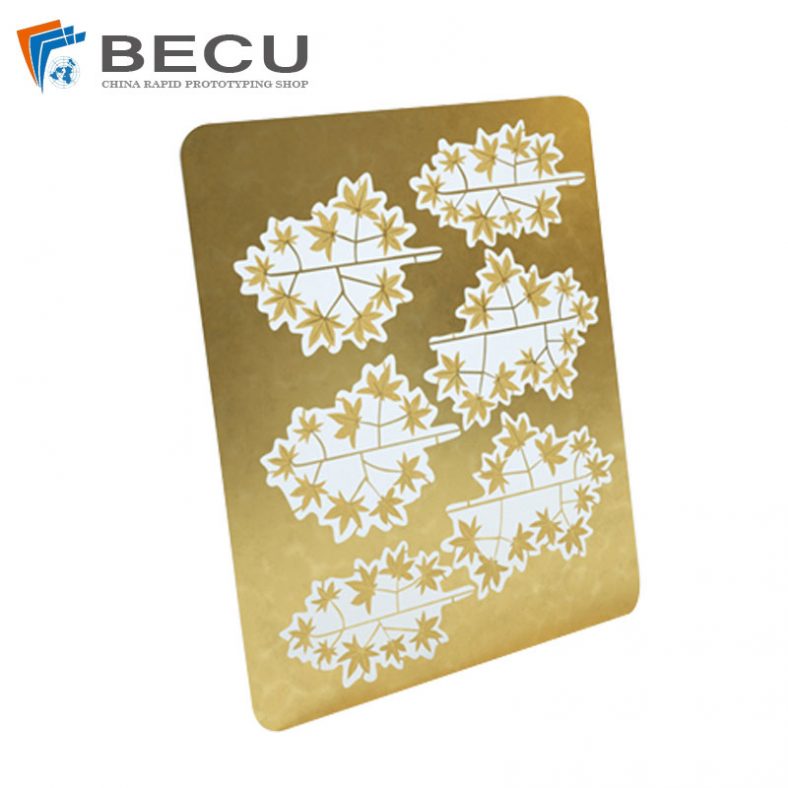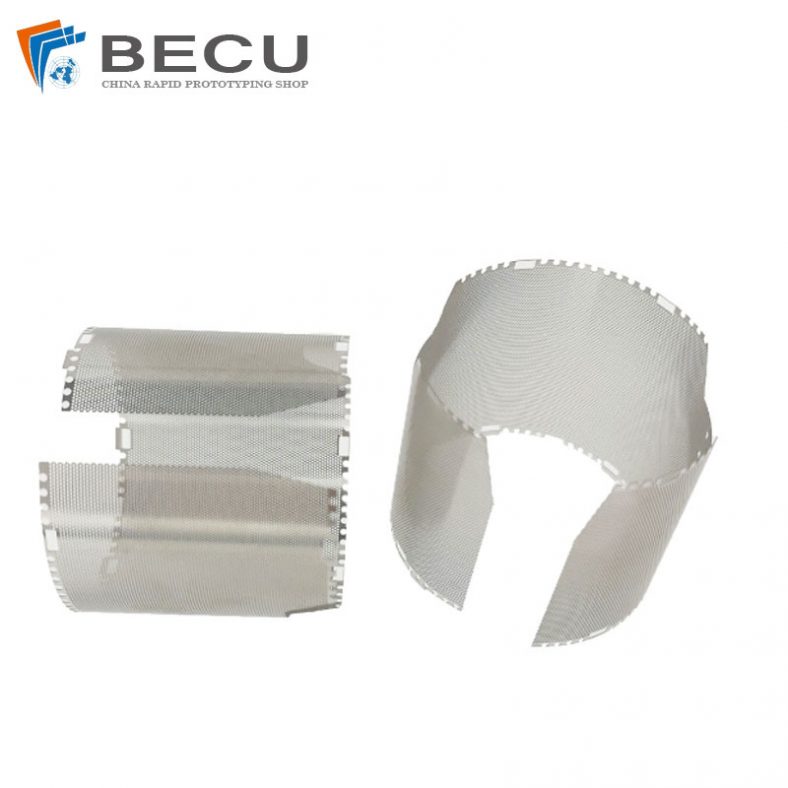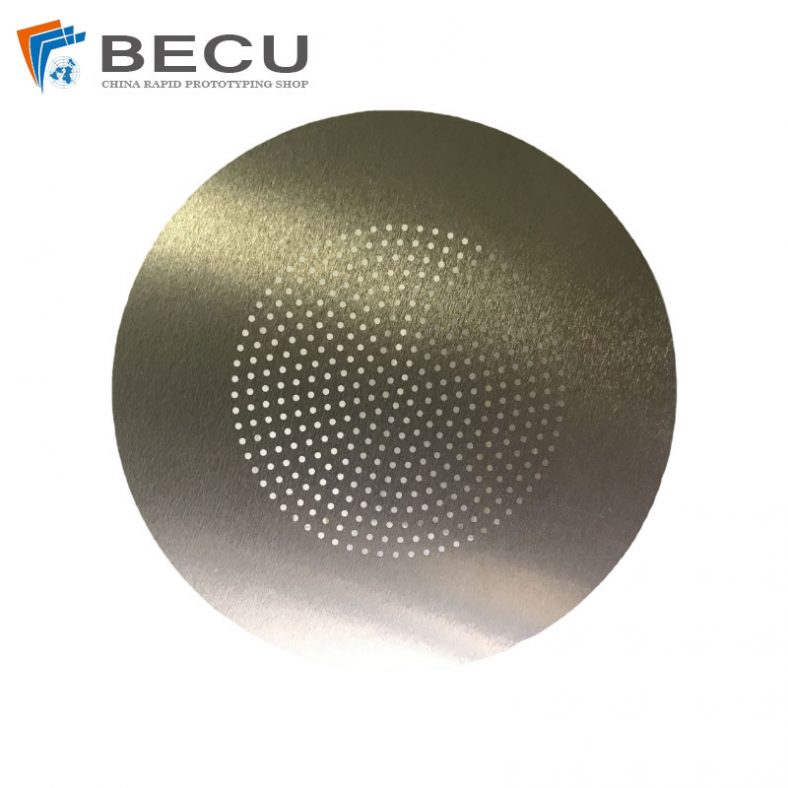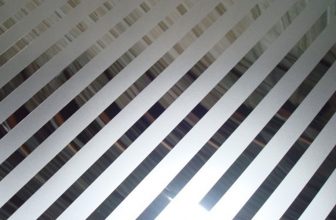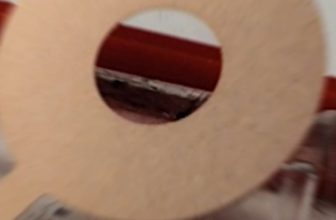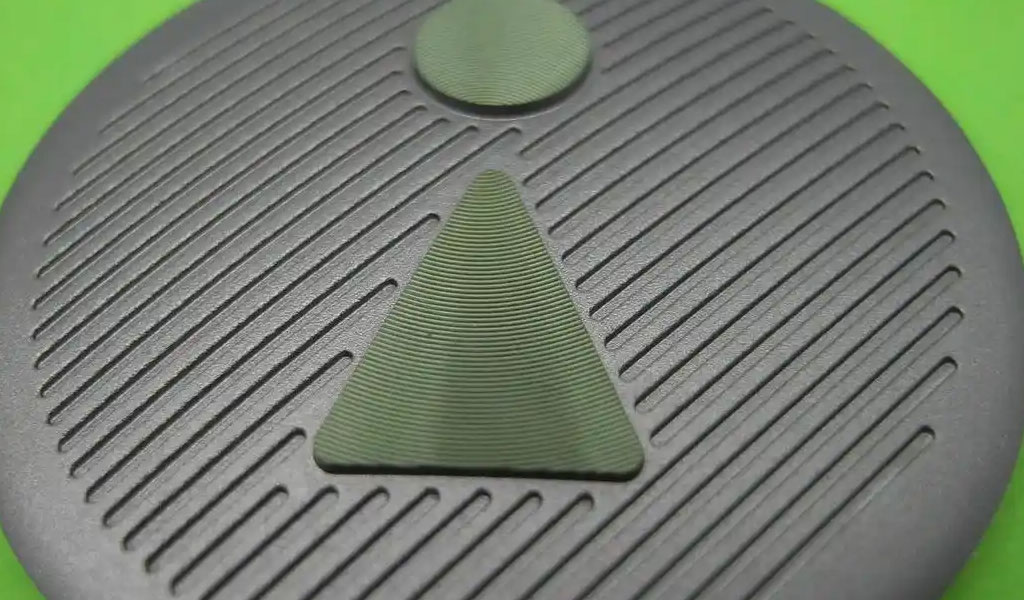
Etching before anodization is a critical process in materials science and engineering, particularly in the preparation of metal surfaces—most notably aluminum—for enhanced durability, corrosion resistance, and aesthetic appeal. This dual-step procedure combines etching, a subtractive technique that removes material from a surface, with anodization, an electrochemical process that forms a protective oxide layer. Together, these processes are widely employed in industries ranging from aerospace to consumer electronics, where surface properties dictate performance and longevity. The synergy between etching and anodization ensures that the metal substrate is optimally prepared for subsequent treatments, improving adhesion, uniformity, and the overall quality of the anodic coating.
Etching, in its simplest form, involves the controlled removal of material from a metal surface using chemical, mechanical, or electrochemical means. When performed prior to anodization, it serves as a preparatory step that cleans, textures, or otherwise modifies the surface to meet specific requirements. Anodization, on the other hand, transforms the metal surface into a durable oxide layer through the application of an electric current in an electrolyte solution. While anodization alone can enhance a metal’s properties, etching amplifies its effectiveness by ensuring a clean, uniform, and receptive substrate. This article explores the intricacies of etching before anodization, delving into its scientific principles, methodologies, applications, and comparative analyses.
The focus of this discussion is primarily on aluminum, as it is the most commonly anodized metal due to its lightweight nature, abundance, and ability to form a robust oxide layer. However, the principles outlined here can be adapted to other metals, such as titanium or magnesium, with appropriate modifications. By examining the historical context, technical details, and modern advancements, this article aims to provide a comprehensive resource exceeding 30,000 words, structured with scientific rigor and enriched with detailed tables for comparison.
Historical Context of Etching and Anodization
The practice of manipulating metal surfaces dates back centuries, with early artisans employing rudimentary etching techniques to decorate objects or prepare them for coatings. Etching as a controlled scientific process, however, emerged in the Industrial Revolution alongside advancements in metallurgy and chemistry. By the 19th century, chemists and engineers began experimenting with acids and bases to selectively remove material from metal surfaces, laying the groundwork for modern etching techniques.
Anodization, meanwhile, was pioneered in the early 20th century as a means to protect aluminum from corrosion. Patented in 1923 by Bengough and Stuart, the chromic acid anodizing process marked a significant milestone in surface engineering. The realization that pre-treatment, such as etching, could enhance anodization outcomes soon followed, driven by the growing demands of industries like aviation, where aluminum’s lightweight strength was invaluable. Over the decades, etching before anodization evolved from a trial-and-error practice to a precise, scientifically grounded procedure, supported by innovations in chemical formulations, equipment, and process control.
Today, etching and anodization are integral to manufacturing processes worldwide, with applications ranging from structural components to decorative finishes. The historical progression of these techniques reflects a broader trend in materials science: the pursuit of tailored surface properties to meet increasingly specialized needs.
Scientific Principles of Etching
Etching is fundamentally a surface modification technique that relies on the interaction between a metal substrate and an etchant—typically a chemical solution. The etchant selectively dissolves material from the surface, altering its topography, cleanliness, and chemical composition. For aluminum, common etchants include acids (e.g., hydrochloric acid, sulfuric acid) and bases (e.g., sodium hydroxide), each chosen based on the desired outcome.
The chemical reaction during etching depends on the metal and etchant involved. For aluminum etched with sodium hydroxide, the reaction can be expressed as:
2Al+2NaOH+6H2O→2NaAl(OH)4+3H2
This reaction produces a soluble aluminate and hydrogen gas, effectively removing aluminum from the surface. Acidic etchants, such as hydrochloric acid, follow a different mechanism:
2Al+6HCl→2AlCl3+3H2
Here, aluminum chloride forms, which is also soluble, facilitating material removal. The choice of etchant influences the etch rate, surface roughness, and uniformity, all of which are critical for the subsequent anodization step.
Etching serves multiple purposes before anodization:
- Cleaning: Removes oxides, grease, and contaminants that could interfere with anodization.
- Texturing: Creates a micro-rough surface to improve oxide layer adhesion and uniformity.
- Leveling: Smooths out surface imperfections, such as scratches or rolling marks, for a consistent anodic coating.
The etching process can be controlled by adjusting parameters like temperature, etchant concentration, and exposure time. For instance, higher temperatures accelerate the reaction but may reduce precision, while prolonged etching can lead to excessive material loss or pitting.
Scientific Principles of Anodization
Anodization is an electrochemical process that converts a metal surface into an oxide layer, typically through anodic oxidation in an electrolyte bath. For aluminum, the result is aluminum oxide (Al₂O₃), a hard, corrosion-resistant coating. The process involves immersing the metal (the anode) in an electrolyte—commonly sulfuric acid, chromic acid, or oxalic acid—and passing an electric current through it. Oxygen ions from the electrolyte combine with aluminum at the surface, forming the oxide layer:
2Al+3H2O→Al2O3+6H++6e−
The thickness and properties of the oxide layer depend on factors such as voltage, current density, electrolyte composition, and anodizing time. Sulfuric acid anodizing, for example, produces a thicker, more porous layer suitable for dyeing, while chromic acid anodizing yields a thinner, denser coating ideal for corrosion resistance.
The anodic layer grows in two forms: a thin, non-porous barrier layer at the metal-oxide interface and a thicker, porous layer above it. The porosity of the outer layer allows for sealing (e.g., with hot water or steam) or dyeing, enhancing functionality and appearance. However, the success of anodization hinges on the condition of the substrate, making pre-etching a vital step.
Why Etching Before Anodization?
Etching before anodization is not merely a preparatory convenience—it is a necessity rooted in the interplay between surface condition and anodic performance. Without etching, the aluminum surface may retain contaminants, native oxides, or irregularities that compromise the oxide layer’s integrity. These imperfections can lead to uneven growth, poor adhesion, or defects like pitting during anodization.
For instance, a naturally occurring oxide layer forms on aluminum upon exposure to air. While thin (approximately 2-3 nm), this layer can inhibit the uniform formation of the anodic oxide. Etching removes this barrier, exposing fresh aluminum for anodization. Similarly, manufacturing processes like rolling or machining leave behind oils, lubricants, or mechanical stresses that etching eliminates.
The texture imparted by etching also plays a role. A micro-rough surface increases the effective area for oxide growth, improving mechanical interlocking between the metal and the anodic layer. This enhances durability, especially under mechanical stress or thermal cycling. Moreover, etching can tailor the surface for specific finishes—matte, satin, or glossy—depending on the anodization parameters.
Types of Etching Techniques
Etching methods vary widely, each suited to specific applications and outcomes. Below are the primary techniques used before anodization:
Chemical Etching
Chemical etching employs liquid etchants to dissolve material. Alkaline etching with sodium hydroxide is common for aluminum, producing a matte finish by uniformly removing surface material. Acidic etching, using mixtures like nitric acid and hydrofluoric acid, is more aggressive and often used for deep cleaning or deburring. Chemical etching is versatile, cost-effective, and widely adopted in industrial settings.
Mechanical Etching
Mechanical etching involves abrasive techniques, such as sandblasting or grinding, to physically alter the surface. While less common before anodization, it is useful for removing heavy scale or creating pronounced textures. However, it lacks the precision of chemical methods and may introduce residual stresses.
Electrochemical Etching
Electrochemical etching uses an electric current to enhance chemical reactions at the surface. Similar to anodization, it involves an electrolyte and electrodes but focuses on material removal rather than oxide formation. This method offers high precision and is ideal for intricate patterns or localized etching.
Plasma Etching
Plasma etching, a dry process, uses ionized gas to remove material. Though more common in semiconductor manufacturing, it has niche applications in metal preparation, particularly for high-purity or specialized alloys. Its complexity and cost limit its use before anodization.
Etching Parameters and Optimization
Optimizing etching requires balancing multiple variables to achieve the desired surface condition without compromising the substrate. Key parameters include:
- Etchant Concentration: Higher concentrations increase etch rate but may cause over-etching. Typical sodium hydroxide concentrations range from 5-10% for aluminum.
- Temperature: Elevated temperatures (e.g., 50-60°C) accelerate etching but reduce control. Ambient conditions (20-25°C) favor precision.
- Time: Exposure times vary from seconds to minutes, depending on the etchant and goal. Overexposure risks excessive material loss.
- Agitation: Stirring or ultrasonic agitation ensures uniform etching by preventing etchant depletion at the surface.
For anodization readiness, the goal is a clean, slightly roughened surface free of pits or irregularities. Over-etching can thin the substrate or create defects that persist through anodization, while under-etching leaves contaminants that disrupt oxide growth.
Anodization Processes Following Etching
Once etched, the metal undergoes anodization, with the process type dictated by the intended application. Common methods include:
Sulfuric Acid Anodizing (Type II)
The most widespread technique, sulfuric acid anodizing uses a 10-20% sulfuric acid electrolyte at 15-20°C. It produces a porous layer 5-25 μm thick, ideal for dyeing or sealing. Etching ensures uniformity and enhances dye uptake.
Hard Anodizing (Type III)
Hard anodizing, also using sulfuric acid, operates at lower temperatures (0-5°C) and higher voltages to create a denser, thicker layer (25-100 μm). Etching is critical here to prevent burn marks or uneven growth under high current densities.
Chromic Acid Anodizing (Type I)
Chromic acid anodizing yields a thin (2-5 μm), non-porous layer with excellent corrosion resistance. Etching removes surface oxides that could interfere with the process, ensuring a consistent coating.
Other Variants
Oxalic acid or phosphoric acid anodizing may be used for specialized applications, such as optical components or adhesion promotion. Etching adapts to these processes by tailoring surface roughness and cleanliness.
Comparative Analysis of Etching Techniques
To elucidate the differences between etching methods, the following table compares their key attributes:
| Technique | Etchant/Medium | Surface Finish | Material Removal Rate | Precision | Cost | Applications |
|---|---|---|---|---|---|---|
| Chemical Etching | NaOH, HCl, HNO₃ | Matte to satin | Moderate (0.1-1 μm/min) | High | Low | General pre-anodization prep |
| Mechanical Etching | Abrasive particles | Rough | High (1-10 μm/min) | Low | Moderate | Heavy scale removal |
| Electrochemical | Electrolyte + current | Variable | Moderate (0.5-2 μm/min) | Very High | High | Precision patterns |
| Plasma Etching | Ionized gas | Smooth | Low (0.01-0.1 μm/min) | Very High | Very High | High-purity substrates |
This table highlights the trade-offs between cost, precision, and surface outcome, guiding the selection of an etching method for anodization.
Effects of Etching on Anodic Layer Properties
Etching directly influences the anodic layer’s thickness, porosity, hardness, and appearance. A well-etched surface promotes uniform oxide growth, reducing defects like streaks or burn marks. Conversely, inadequate etching can lead to localized variations in current density during anodization, causing uneven coatings.
Surface roughness from etching affects porosity: a rougher surface increases pore density, enhancing dye absorption but potentially reducing hardness. Hard anodizing, for instance, benefits from moderate etching to balance thickness and durability. The following table quantifies these effects:
| Etching Condition | Surface Roughness (Ra) | Oxide Thickness (μm) | Pore Density | Hardness (HV) | Appearance |
|---|---|---|---|---|---|
| Light Etch | 0.1-0.5 μm | 10-15 | Low | 300-400 | Glossy |
| Moderate Etch | 0.5-1.0 μm | 15-25 | Moderate | 350-450 | Satin |
| Heavy Etch | 1.0-2.0 μm | 20-30 | High | 400-500 | Matte |
These data underscore the need for tailored etching to achieve specific anodic properties.
Advancements and Future Directions
Recent innovations in etching before anodization include environmentally friendly etchants (e.g., citric acid-based solutions), automated process control via AI, and hybrid techniques combining chemical and plasma etching. These advancements aim to reduce waste, improve precision, and expand the range of anodizable alloys. Future research may focus on nanoscale surface engineering to further enhance anodic properties, potentially revolutionizing fields like biomedical implants or renewable energy systems.
Etching before anodization is ubiquitous across industries:
- Aerospace: Aluminum components like fuselage panels are etched and hard-anodized for durability and corrosion resistance.
- Automotive: Wheels and trim are etched and anodized for aesthetic appeal and wear resistance.
- Electronics: Enclosures and heat sinks benefit from etched, anodized surfaces for thermal management and protection.
- Architecture: Facades and window frames use etched, dyed anodic coatings for weather resistance and color.
Each application leverages etching to optimize the anodic outcome, demonstrating the process’s versatility.

